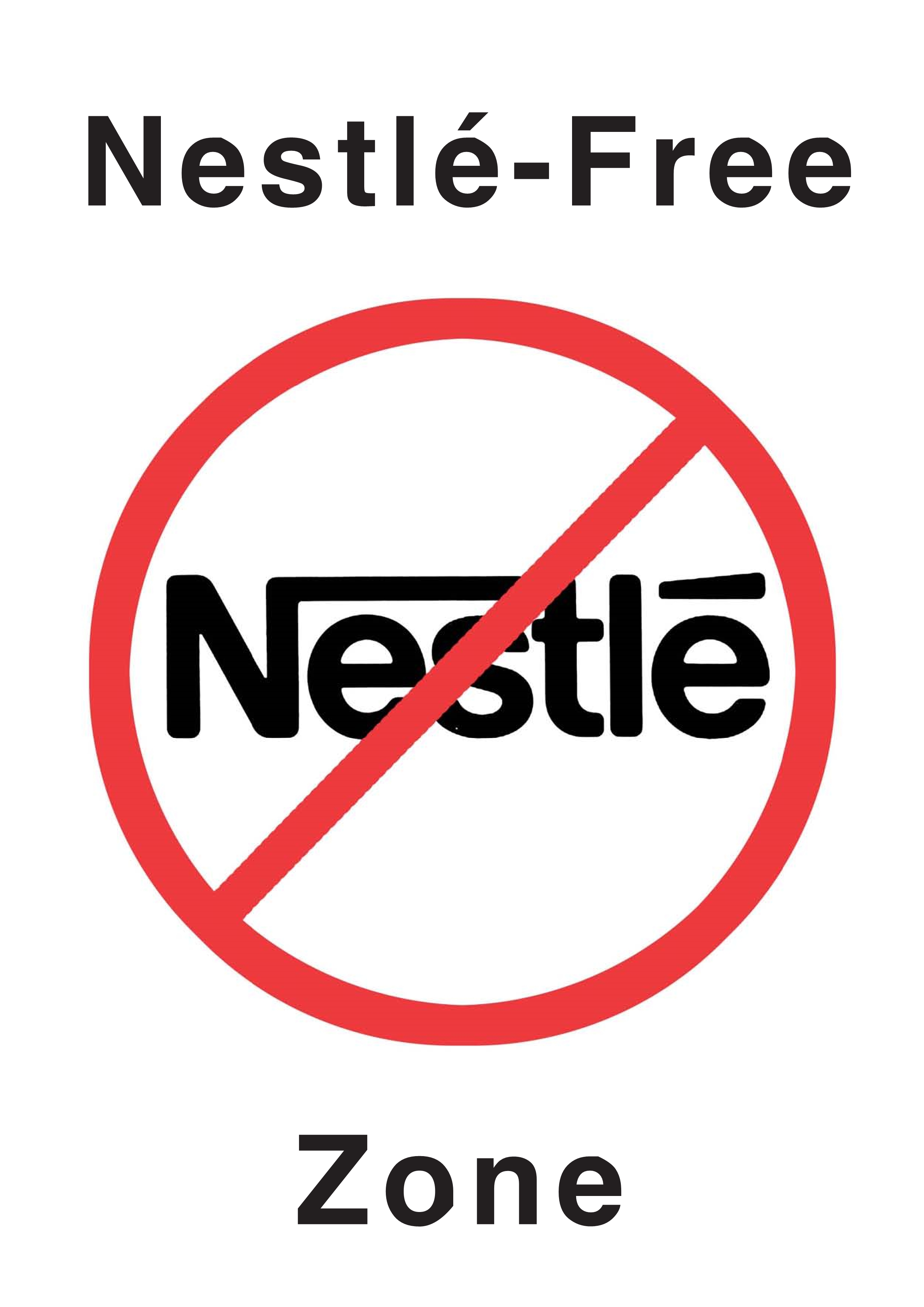International Breastfeeding Journal
Body image concerns have been widely documented in the literature as one reason why most women shorten the breastfeeding duration of their infants. Negative body image concerns among breastfeeding mothers may ...
The prevalence of exclusive breastfeeding (EBF) is suboptimal in China. There is limited evidence of effective interventions to increase EBF in China. Therefore, it is urgent to explore the potential factors t...
Exclusive breastfeeding (EBF) is essential during the first six months of life and confers countless benefits to mothers and infants. This study aimed to assess the effectiveness of a smartphone-based educatio...
Prenatal medical risk describes physical health issues or biological factors that predate or arise during pregnancy which heighten the risk of adverse outcomes, and often warrant specialized obstetric care. Th...
Prelacteal feeding is a major public health problem that increases the risk of morbidity and mortality in children. It also result delayed breastfeeding initiation and interferes with exclusive breastfeeding. ...
The challenge of combining professional work and breastfeeding is a key reason why women choose not to breastfeed or to stop breastfeeding early. We posited that having access to a high-quality lactation room ...
Arkansas has the largest population of Marshallese Pacific Islanders residing in the continental United States. Marshallese are disproportionately burdened by poorer maternal and infant health outcomes. Exclus...
The World Health Organization recommends a 24-h recall period to estimate breastfeeding practice of mothers of infants aged younger than six-months. Though 24-h recall was preferred for its low recall bias and...
Although the positive effects of good clinical quality standards in perinatal care and breastfeeding support for women, newborns and families have been already demonstrated, many of these practices were disrup...
Global evidence from the past 35 years confirmed the protective effect of breastfeeding and supported the guidance to protect, promote, and support breastfeeding practices, particularly in natural disaster and...
Most premature and very low birthweight infants cannot tolerate breast milk feeding in the first few days of life and are deprived of its benefits. This study evaluates the clinical outcomes of administering b...
Infants fed contaminated breast milk are at an increased risk of exposure to lead. Breast milk to blood (M/B) ratios have not been investigated among women in Palestine. The aim of this study was to assess blo...
Oropharyngeal administration of colostrum (OAC) may provide immunoprotective and anti-inflammatory effects that potentially reduce the incidence of necrotizing enterocolitis (NEC) and late-onset sepsis and imp...
Maternal satisfaction with the breastfeeding experience is an important determinant of breastfeeding success. There is currently no valid tool to measure perceived maternal satisfaction with breastfeeding in t...
There are multiple misconceptions concerning the breastfeeding mother’s diet and its adverse impact on breast milk composition and the breastfed child’s health, which might lead to breastfeeding cessation. Alt...
Mothers with diabetes are less likely to achieve successful breastfeeding. Antenatal breastmilk expression (ABE) may facilitate earlier breastfeeding, but feasibility of introducing ABE and its acceptance amon...
The probability of not breastfeeding within the first hour after delivery (timely initiation of breastfeeding) is particularly pronounced in sub-Saharan Africa. In this study, we examined the maternal and chil...
The Iowa Infant Feeding Attitude Scale (IIFAS) is a widely used tool to assess attitudes towards infant feeding. Attitudes towards breastfeeding are one of the main influencing factors of feeding choice and br...
Early breastfeeding cessation is a societal concern given its importance to the health of mother and child. More effective interventions are needed to increase breastfeeding duration. Prior to developing such ...
Most Recent Articles: International Breastfeeding Journal
SubscribeFeliratkozás a következőre: International Breastfeeding Journal hírcsatorna

